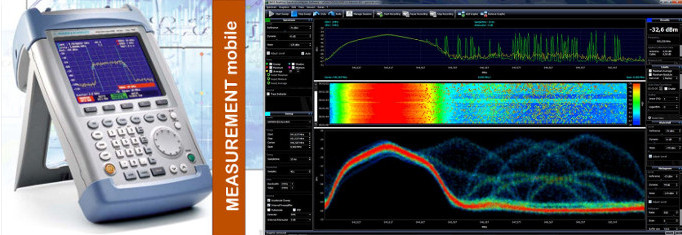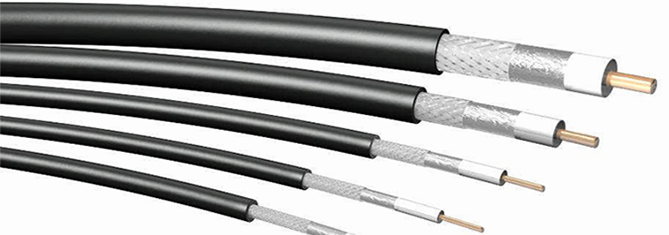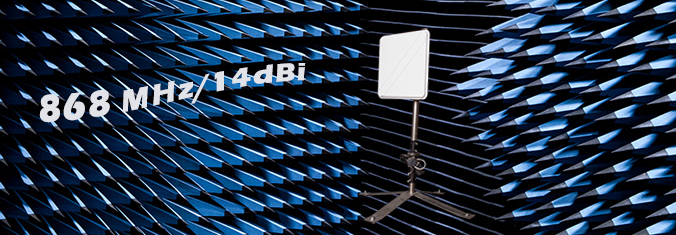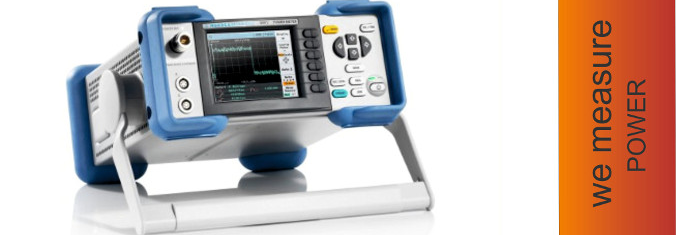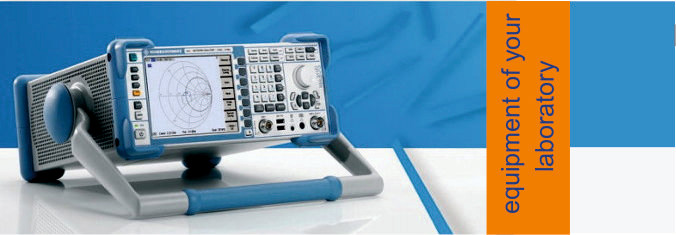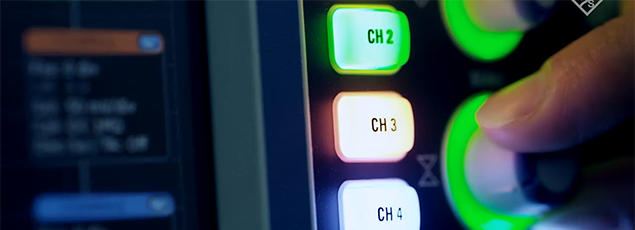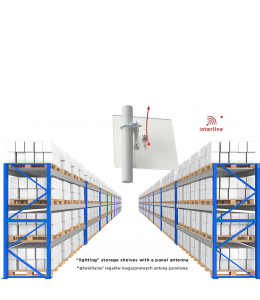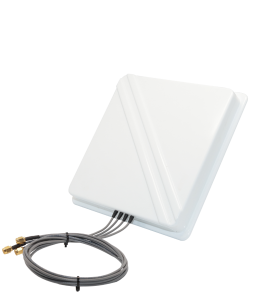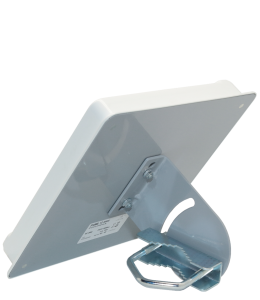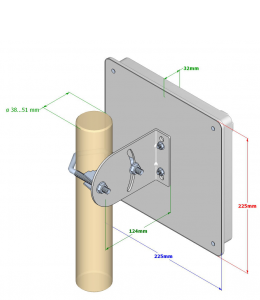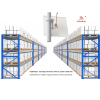The antenna works in two frequency bands simultaneously (2.4 and 5 GHz), on each of the four ports. Offering excellent use of both of these bands.
Specially designed arrays of radiators with a low internal capacity, guarantee correct operation with a high coding rate of 256 QAM and 1024 used in the upcoming wifi 7.
It uses two polarizations at the same time - vertical and horizontal (2 radiators work in horizontal and two in vertical polarization). This ensures spatial multiplexing.
Details of which port works in what polarization can be found in the photo (after clicking on the main photo of the antenna, scrolling to the next photos)
Low capacity does not blur digital signals and helps avoid the appearance of parasitic currents and reflections. It is intended for use in premises, warehouses, production plants.
The housing is made of ABS, which is resistant to impacts, and also resistant to many chemicals (acids, alkalis, salts) that may be found in industrial plants.
The back plate is powder coated and cured at high temperature, which ensures many years of trouble-free operation. CABLE (Belden 7805R) LENGHT 0,9m.
MIMO Antenna Systems
MIMO antenna systems are used to overcome a phenomenon known as multipath distortion or multipath interference.
A diversity antenna system uses two or more identical antennas, located a small distance apart, to provide coverage to the same physical area.
Multipath Distortion
Multipath interference occurs when an RF signal has more than one path between a receiver and a transmitter. This occurs in sites that have a large amount of metallic or other RF reflective surfaces.
Just as light and sound are reflected from objects, just like RF. This means that there may be more than one path that RF adopts when passing from the transmit (TX) antenna and the receiving (RX) antenna. These numerous signals combine in the RX antenna and the receiver, resulting in signal summation, increasing bandwidth and reliability.
The exact regulation of the antenna ensures proper propagation of radio signals. Proper installation of the mast, antenna and cable ensures stable and correct operation of the antenna installation.
Position the mast or boom with a planer.
Assemble the antenna bracket as shown in the picture.
Finally, tighten the fixing screws.
Connect the cable and insulate the antenna connector.
Attach the cable to the mast or boom.
It is worth noting the link parameters achieved and the date of installation.
The connection sequence does not matter. All 4 radiators are dual 2.4 & 5GHz. Two work in vertical polarization and two in horizontal.
The PANEL 10 DUAL-BAND MU-MIMO 4x4 antenna was used in the test. Two antenna outputs were used (out of 4 possible in the antenna). The antenna has been connected to the Access Point - Asus RT-AX56U.
Below is a video of the field test with this antenna.
Key benefits
- Solid casing
- Powder painted backplate
Features
- MIMO

compliance
electrical
- 2400 - 2500
- 4800 - 5800
- 10dBi
- 10dBi
- 45°
- 45°

